Ask Ethan: Is ‘Zero Gravity’ Really A Thing?

Why weightlessness is possible, even if there’s no place you can hide from the Universe’s longest-range force.
“It was a strange lightness, a drifting feeling. Zero gravity. I understood that everything that once seemed solid and immovable might just float away.”
–Lisa Unger
When we see astronauts in space, flying above the Earth’s atmosphere, we’re told that they experience zero gravity: true weightlessness. Yet they’re still being gravitationally pulled by the Earth, the Moon, the Sun and every other mass in the Universe! So how does zero gravity actually work, and is it a real thing? That’s the question bugging Warren Cooper, who asks:
I hear of experiments on the ISS being conducted in Zero Gravity, and I hear that studies are done on humans in ‘Zero Gravity’. But is ‘Zero Gravity’ an actual thing?
It’s a really good question, and a sensation that you don’t have to go to space to experience.
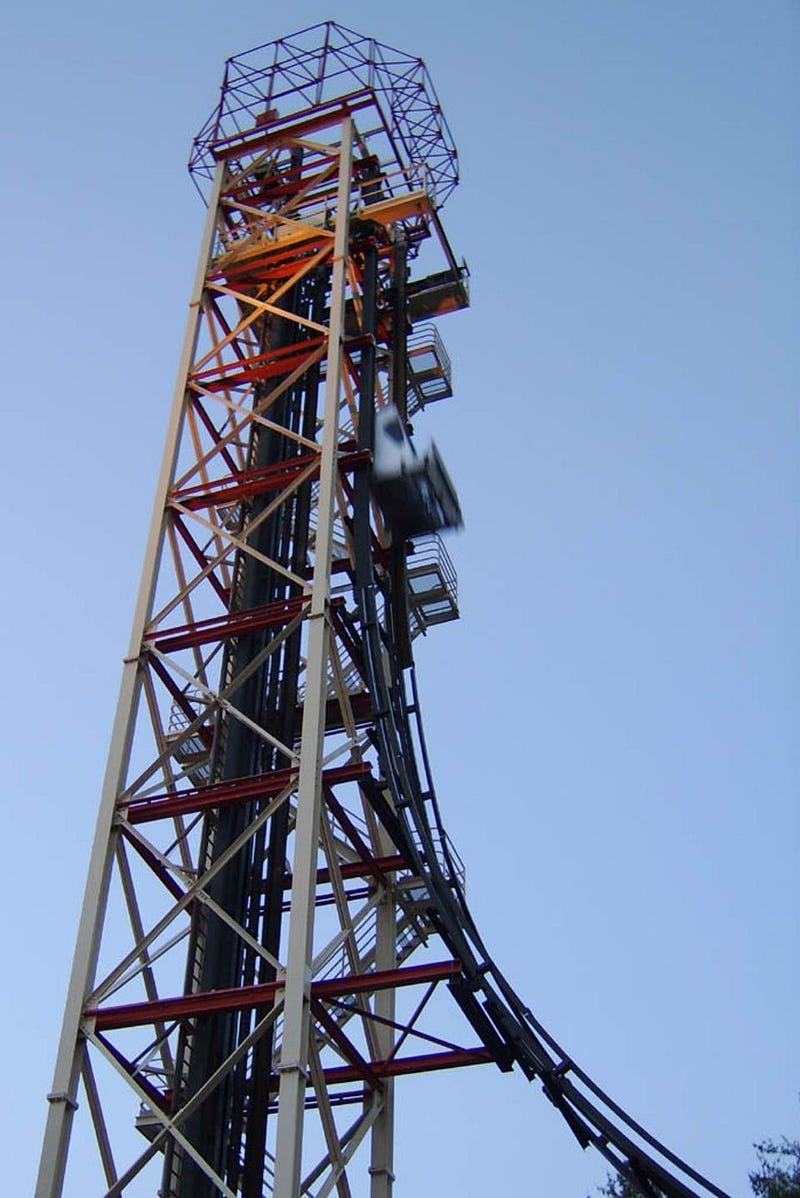
Think about the difference between what you’re doing right now — most likely sitting “still” — and falling. The difference isn’t the chair, the seat, or the force of gravity on you. You could have all of those and still be falling, like on a free-fall roller coaster ride. The difference is what you experience as the seat (or the floor, or a bed, or wherever you are) pushing back up on you, resisting the force of gravity. The reason you’re not experiencing the sensation of falling doesn’t have nearly as much to do with gravity as it does with what we call, in physics, the normal force. It’s not that it’s a counterpart to an abnormal force; the normal force is a force that’s normal (or perpendicular) to the surface you’re sitting/standing/laying on.
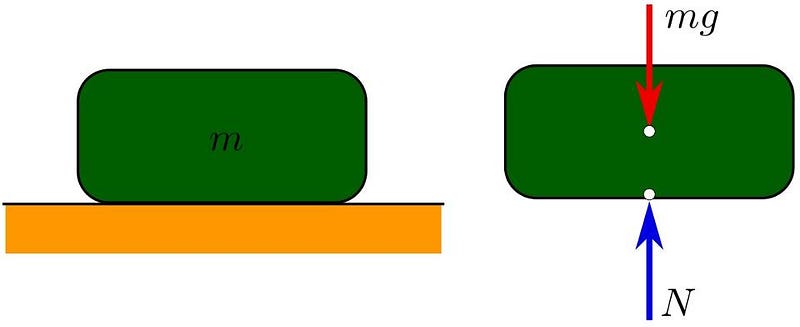
Now, take that force away. You can imagine taking it away by a number of different means:
- You could remove the surface exerting it, like the floor, the chair or whatever is holding you up.
- You could turn gravity off, rendering you weightless.
- Or you could turn the electromagnetic interactions between you and the atoms on that surface off.
In the first case, you’d simply fall down to whatever was below, as though you had accidentally stepped onto thin air and begun to fall. In the second case, you’d recognize that the only reason the normal force was “on” is because gravity was pulling you down towards the Earth, with the floor (or chair) in the way, pushing back with the equal-and-opposite reaction to hold you in place. If you turned gravity off, the force of gravity would go to zero, and so would the equal-and-opposite force. And in the third case, the force of gravity would still exist, pulling you down towards the center of the Earth, but without the electromagnetic forces between the atoms on the floor acting on you, you’d fall straight through.

These three cases are obviously very different. In the first case, gravity would be pulling you down, accelerating you towards the Earth’s center, and would do so until you either stopped accelerating due to the drag force from the air or because you experienced a force from the Earth (or another solid body). In the second case, you would experience weightlessness, and wouldn’t accelerate anywhere at all; it would be true “zero gravity.” And in the third case, you would accelerate towards the Earth’s center, making an ellipsoid with the center of Earth as one focus, returning to your starting point after approximately 90 minutes.
The funny thing? For that first initial moment, under all three of these instances, you’d feel exactly the same feeling.
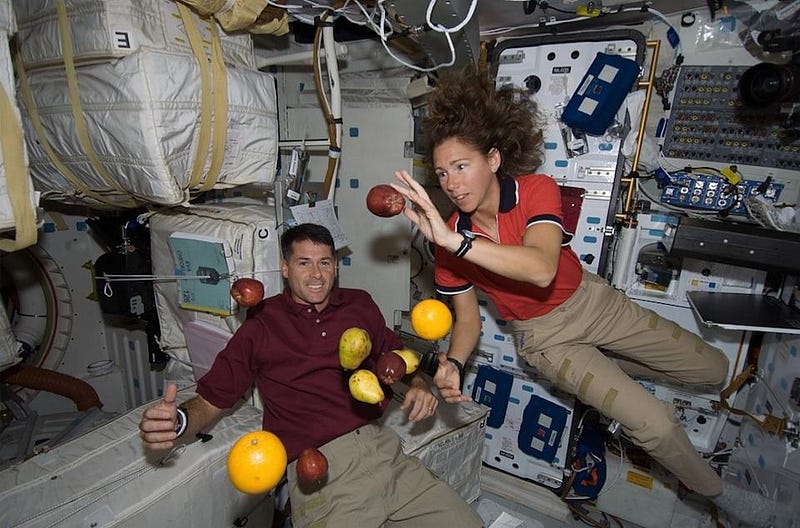
That weightlessness, that feeling of your stomach rising, that disorientation… that’s what a “zero gravity” sensation is. Even more odd? The second and third scenarios — either with gravity turned off or you accelerating in free-fall with nothing to interact with — would be indistinguishable to you if you didn’t open your eyes. You cannot tell the difference between gravity being turned off and uniform, free-fall acceleration. This might seem counterintuitive, but this is the core, defining principle that led Einstein to formulate General Relativity. This is what we know, today, as Einstein’s equivalence principle.
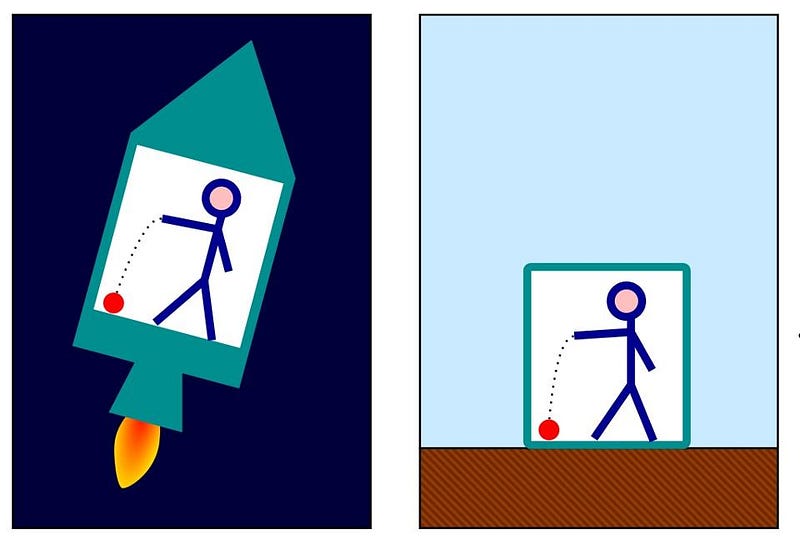
The principle states that there is no way to distinguish between a gravitational acceleration and any other form of acceleration, like a rocket’s thrust. It states that if you and the reference frame you’re in are both being accelerated, together, uniformly, it’s equivalent to not being accelerated at all. The force you feel on Earth, spinning on its axis and revolving around the Sun, is identical to the force you’d feel if the Sun were to disappear, and Earth were simply spinning all alone in the abyss of space.
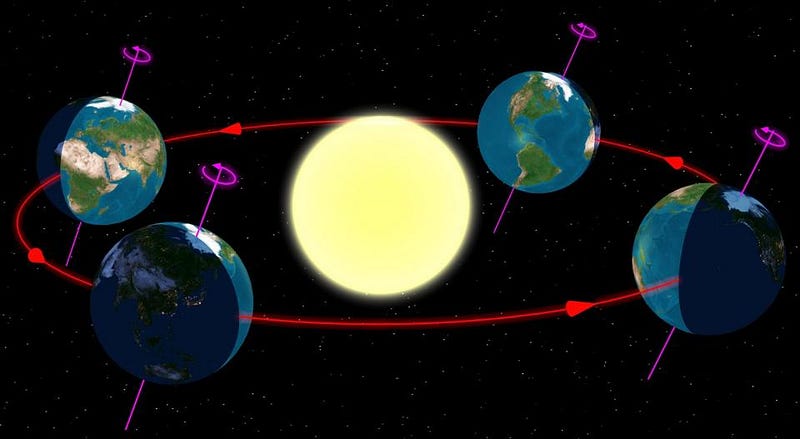
When we say “zero gravity,” we don’t mean that the force of gravity ceases to exist. There’s no place in the Universe we can go where we’d be successful at hiding from the force of gravity, nor do we need to. All we need is to turn the normal force off, which means enabling ourselves and the reference frame we’re in to fall together, uniformly. All we need to do is accelerate at the exact same rate as our surroundings, with no differential force between them. That’s the same principle behind a ride on the “vomit comet,” where an airplane’s engine’s are cut, and it free-falls for about 40 seconds with you on board.

The zero gravity you experience might feel a lot like falling, except with no air rushing past you. It’s simply that there’s no relative gravity between yourself and what you perceive as the “down” direction. If you were to subject yourself to zero relative gravity in this sense, you’d experience all sorts of physical maladies: bone loss, muscle atrophy, vision impairment or even blindness, the loss of all your callouses on your feet (leading to foot molting) and, with the lack of gravity pulling your insides the way they’re normally pulled under Earth’s gravity, increased flatulence. All of these are risks for astronauts; Apollo 16 astronaut John Young famously got a bad case of the “space farts” while on the Moon, which he unceremoniously blamed on the Florida orange juice he was consuming.
Literally experiencing zero gravity may be a complete myth, as there’s nowhere in the Universe you can hide from the ultimate long-range force. But from your physical body’s perspective, so long as your surroundings are uniformly accelerated at the same rate you are, you can never tell the difference. Being in zero gravity and being in free-fall are synonymous, as far as your experience is concerned. So while there might never technically be anything in the Universe experiencing zero gravity, simply letting gravity take you down — until you run into something to resist you — is the best substitute you can ask for. At the very least, it was good enough for Einstein, it was good enough for the astronauts, and it should be good enough for each of us, too.
Submit your Ask Ethan questions to startswithabang at gmail dot com.
This post first appeared at Forbes, and is brought to you ad-free by our Patreon supporters. Comment on our forum, & buy our first book: Beyond The Galaxy!





